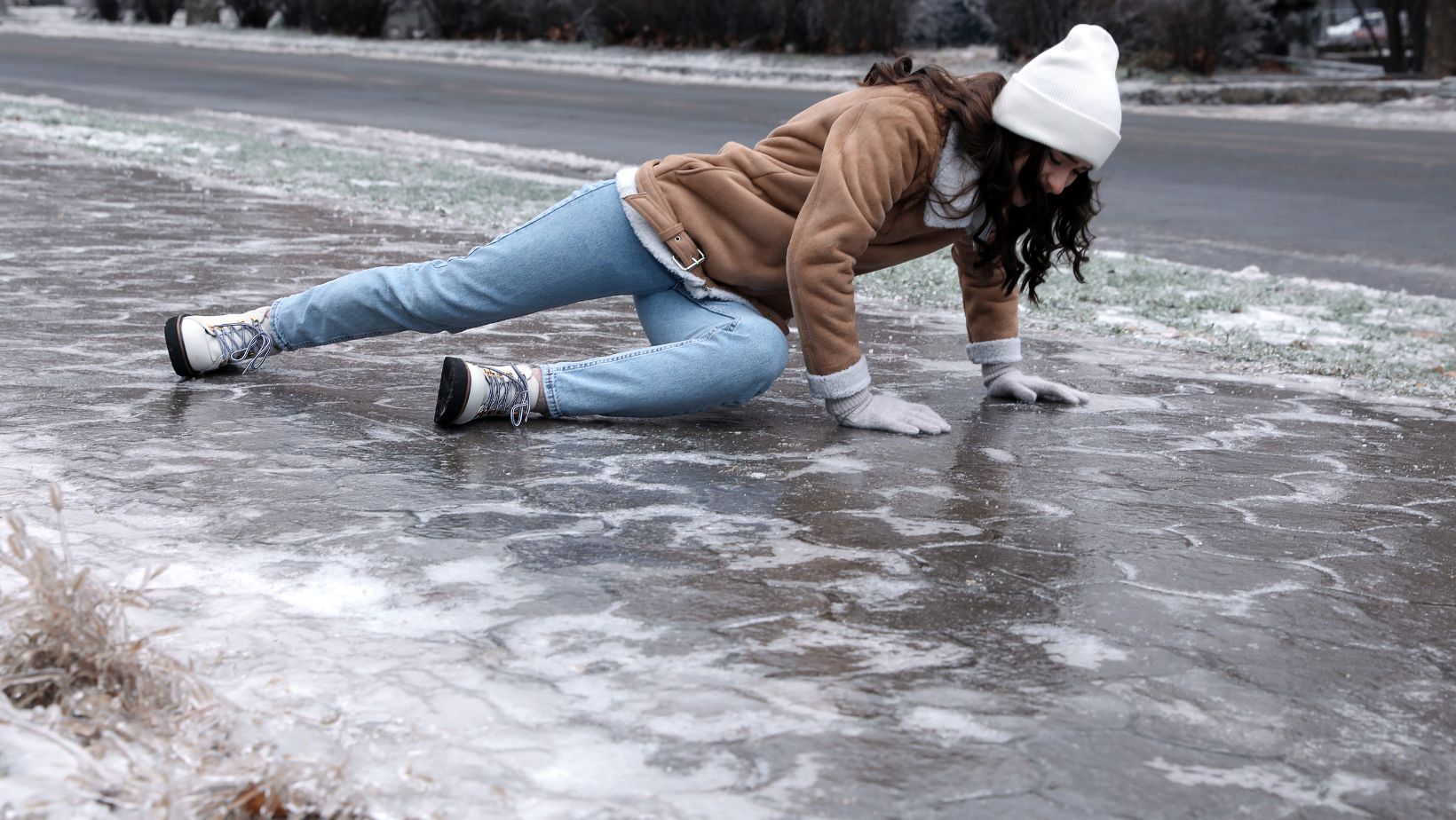A slip and fall accident can do more than just bruise your pride; it can lead to serious injuries, missed work, and long-term complications. When someone else’s negligence caused the fall, you’re entitled to seek compensation through a settlement. But how do you know what that settlement should cover? A fair agreement goes beyond medical bills. It should reflect the full scope of your losses.
1. Medical Expenses
Medical costs are often the largest and most immediate financial burden following a slip and fall accident. Settlements should compensate for all medical expenses incurred, including emergency room visits, surgeries, hospital stays, medications, physical therapy, and ongoing treatments. Future medical costs related to long-term injuries or disabilities must be accounted for. Proper documentation of medical records and bills is crucial in substantiating these claims.
2. Lost Wages and Earning Capacity
Injuries from a slip and fall can temporarily or permanently impair a victim’s ability to work. Settlements should reimburse lost wages for time missed due to recovery. For more serious injuries that affect long-term earning capacity, compensation must account for future income losses. This often requires evaluating the victim’s occupation, skills, and career potential. To ensure these losses are accurately calculated and fully pursued, it’s wise to hire a slip and fall accident lawyer from Garnes Injury Law.
3. Pain and Suffering
Pain and suffering encompass the physical pain and emotional distress caused by the accident.

These non-economic damages are subjective but critical in providing justice for victims enduring long-term discomfort or psychological trauma. Courts often evaluate factors such as the severity of injuries, duration of recovery, and impact on quality of life when determining compensation for pain and suffering.
4. Property Damage
Although less common in slip and fall cases, property damage may occur during the incident, for instance, broken personal items such as phones or glasses. Settlements should include reimbursement for repairing or replacing damaged property. While this category may not be as substantial as others, it remains an important component of comprehensive compensation.
5. Legal Fees and Costs
Navigating a slip and fall case often involves significant legal expenses. Attorney fees, court costs, expert witness fees, and other litigation-related expenses can accumulate quickly. A fair settlement should include coverage for these costs to ensure that victims are not financially burdened by seeking justice.
Factors Influencing Settlement Amounts
The amount awarded in a slip and fall settlement depends on several factors:
● Severity of Injuries: More serious injuries typically warrant higher settlements due to their greater impact on medical costs, lost wages, and overall life quality.
● Negligence: Establishing the property owner’s negligence is pivotal. A higher degree of negligence increases the likelihood of a larger settlement.
● Evidence: Strong evidence such as incident reports, medical records, photos of hazardous conditions, and witness testimony is crucial in proving liability.
Conclusion
Reaching a settlement after a slip and fall isn’t just about closing a case; it’s about restoring what was lost.

From medical expenses to emotional distress, each form of damage deserves proper recognition in your claim. Leaving out any of these key categories could mean walking away with less than you need to recover. Understanding what a complete settlement includes is vital.


More Stories
Most Immersive Online Casino Games You Can Play Today
How Artificial Intelligence Is Becoming Part Of Everyday Life
Tech Expert Reveals UK Households Sitting on £500 Worth of Unused Smartphones